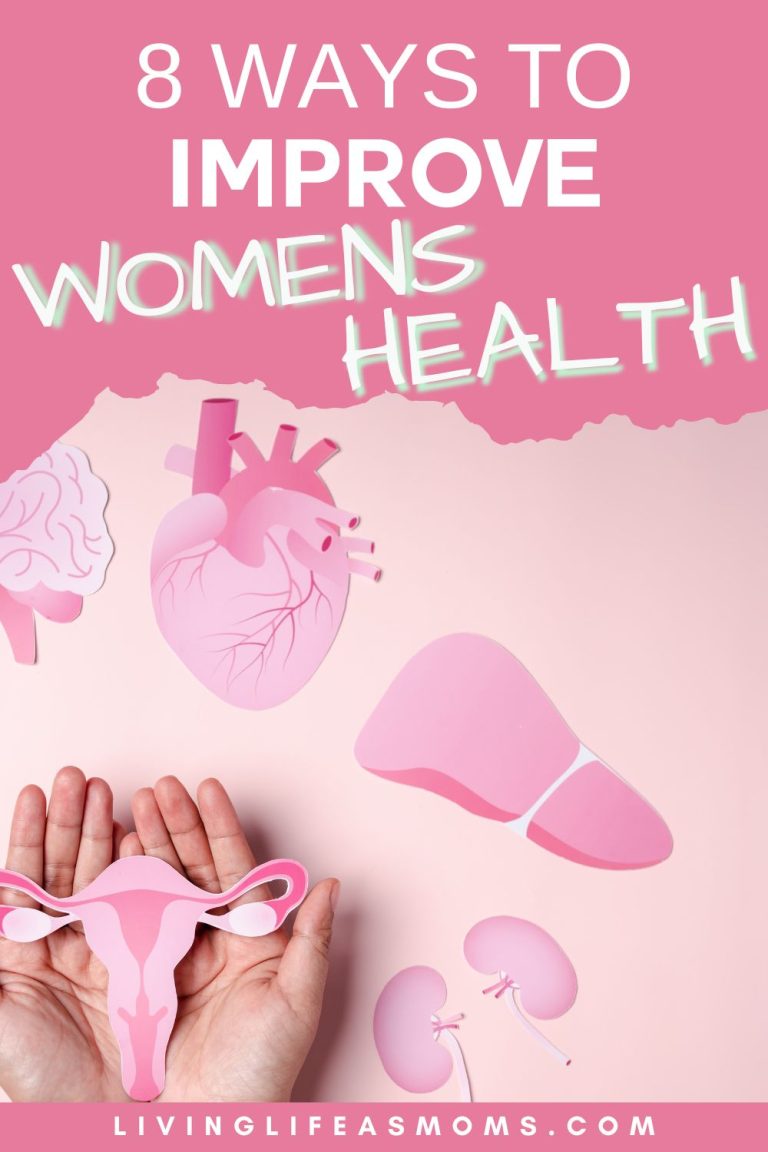8 Ways to Improve Womens Health in Low Income Communities

The wide gap in women’s healthcare between high-income and low-income communities has persisted for some time, prompting the need for dedicated and sustainable strategies to bridge this divide.
According to a report by NWLC, 13.9 million women, or one in nine, lived in poverty in 2019, often characterized by poor access to healthcare, high prevalence of disease, and barriers to lifestyle changes.
With these figures in mind, this article sheds light on eight actionable steps that empower women in these communities.

Providing Mental Health Support
Ensuring mental health support for women in low-income communities can drastically improve their well-being. Here are a few strategies that can be effective:
- Accessible Counseling Services: Affordable, culturally sensitive counselling services can provide women with a safe space to express their feelings and seek professional help.
- Support Groups: Creating local support groups can foster community and shared understanding, helping women feel less alone in their struggles.
- Mental Health Education: Conducting workshops and seminars to raise awareness about common mental health issues can reduce stigma and encourage women to seek help when needed.
We can help low-income women with mental health issues by prioritizing these services.

Promoting Policy Reforms
Appropriate policies can ensure accessible and affordable healthcare, prioritize preventive care and facilitate health education. Particularly in low-income communities, policy reforms can significantly aid
women, especially pregnant women, in receiving much-needed care and support.
However, policy formation and implementation require individuals with specialized knowledge and understanding. Professionals who pursue advanced degrees can better prepare themselves with a thorough understanding of health disparities and strategies to reduce them.
One such pathway is the pursuit of an online master’s in health policy, a program designed to foster leaders in health policy. These graduates, with a comprehensive understanding of the health sector and policy-making process, can significantly contribute to devising policies that address the specific health concerns of low-income women.
Working with government agencies, NGOs, or healthcare providers, they help ensure these policy reforms become a reality, improving the health landscape for these vulnerable communities.

Advocating for Affordable Healthcare
When healthcare is unaffordable, women may delay or avoid seeking necessary medical help, leading to worsening conditions and potentially preventable complications.
Thus, advocacy for affordable healthcare is crucial. This could take the form of lobbying for policies subsidizing healthcare costs, ensuring more women can access the care they need without the financial burden.
These policies could include universal health coverage to help everyone access quality health services without steep financial spending.
Another impactful measure could be providing free screening and immunization programs. These could detect diseases like breast and cervical cancer early, dramatically increasing the chances of successful treatment.

Ensuring Accessibility to Healthcare Facilities
Affordability alone won’t suffice if the necessary healthcare facilities are miles away and difficult to reach. Implementing solutions that bring healthcare closer to these women is essential, eliminating the need for long and often costly commutes.
One effective strategy is the establishment of mobile health clinics. These clinics-on-wheels can travel to different parts of the community, providing essential health services right at the doorstep of those who need them most. They can offer various services, from general health check-ups to specialized care.
Similarly, community health centers can serve as local hubs for health services. Ideally located within walking distance for most residents, these centers can provide various services, including prenatal care, mental health support, and preventive health education.

Enhancing Health Education
Health awareness is not always a given in low-income communities, often leading to late diagnoses and poor disease management. Increasing health education can counter these challenges, empowering women with knowledge and enhancing their ability to make informed decisions.
Key aspects of this strategy could include:
- Nutrition Education: Teaching women about balanced diets and healthy eating habits can help prevent malnutrition and obesity.
- Reproductive Health Awareness: Women can make better choices when they know about reproductive health, safe sex, and family planning.
- Informative Sessions on Disease Prevention: Educating women about preventing common diseases can significantly reduce their prevalence.
- Highlighting the Value of Regular Health Checks: Emphasizing the importance of consistent health check-ups can help in the early detection and treatment of health problems.
Through health education, we can boost empowerment among women in low-income communities.

Implementing Regular Fitness Programs
Establishing regular physical activity as a cornerstone in women’s routines in low-income communities is a solid strategy for enhancing their health. The advantages of regular physical exercise are plentiful,
including the prevention of diseases like heart disease and diabetes and improvements in mental health and overall well-being.
To foster this healthful habit, we can launch fitness programs led by the community. These initiatives can be as straightforward as regularly hosting community walks or mild workouts or establishing easy-to-use
outdoor gym spaces in community areas.
These activities make physical activity more fun and accessible, stimulating a routine of regular exercise in the community.
In addition to this, fitness programs led by the community serve another purpose: they help build social ties and provide an encouraging atmosphere that spurs continued involvement.
Improving Nutritional Intake
Enhancing the nutritional intake of women in underprivileged communities is a big step in improving their health. This includes teaching about balanced diets and taking steps to ensure nutritious food is accessible.
Here’s how to enhance nutritional intake:
- Community Gardens: Setting up community gardens enables women to cultivate their food, fostering independence and fresh food availability.
- Affordable Fresh Produce Programs: By introducing programs that offer fresh fruits and veggies at lower costs, we can make healthy eating more accessible.
- Dietary Education Classes: Organizing educational classes about balanced diets can inspire healthier eating habits.
Through these strategies, we can combat malnutrition and obesity-related illnesses, improving women’s health in these communities.

Fostering a Supportive Community Environment
A supportive environment within a community is a powerful ally in nurturing healthy habits. It provides moral backing and access to resources difficult to find single-handedly.
Support groups at a local level act as knowledge exchange platforms. Here, women can share their journeys, learn from one another, and tap into vital health resources. Their shared experiences can be a beacon of motivation, assuring them they are not alone in their struggles.
Events focused on women’s health within the community can also bring value. They raise awareness, foster healthier habits, and help dismantle harmful stigmas linked to certain health conditions.
Moreover, partnering with local leaders can align women’s health initiatives with community needs and values. This paves the way for more effective and long-lasting health initiatives.

Conclusion
Boosting women’s health in low-income areas demands a layered strategy. This approach involves enhancing access to healthcare, investing in quality education, enriching nutrition, and offering meaningful and helpful mental health services.
We must not forget the need for policy changes, affordable treatments, and encouraging active lifestyles.
The foundation of these efforts is a supportive community setting. By tackling these areas as a united front, we can see real improvements in women’s health, thereby elevating whole communities.
